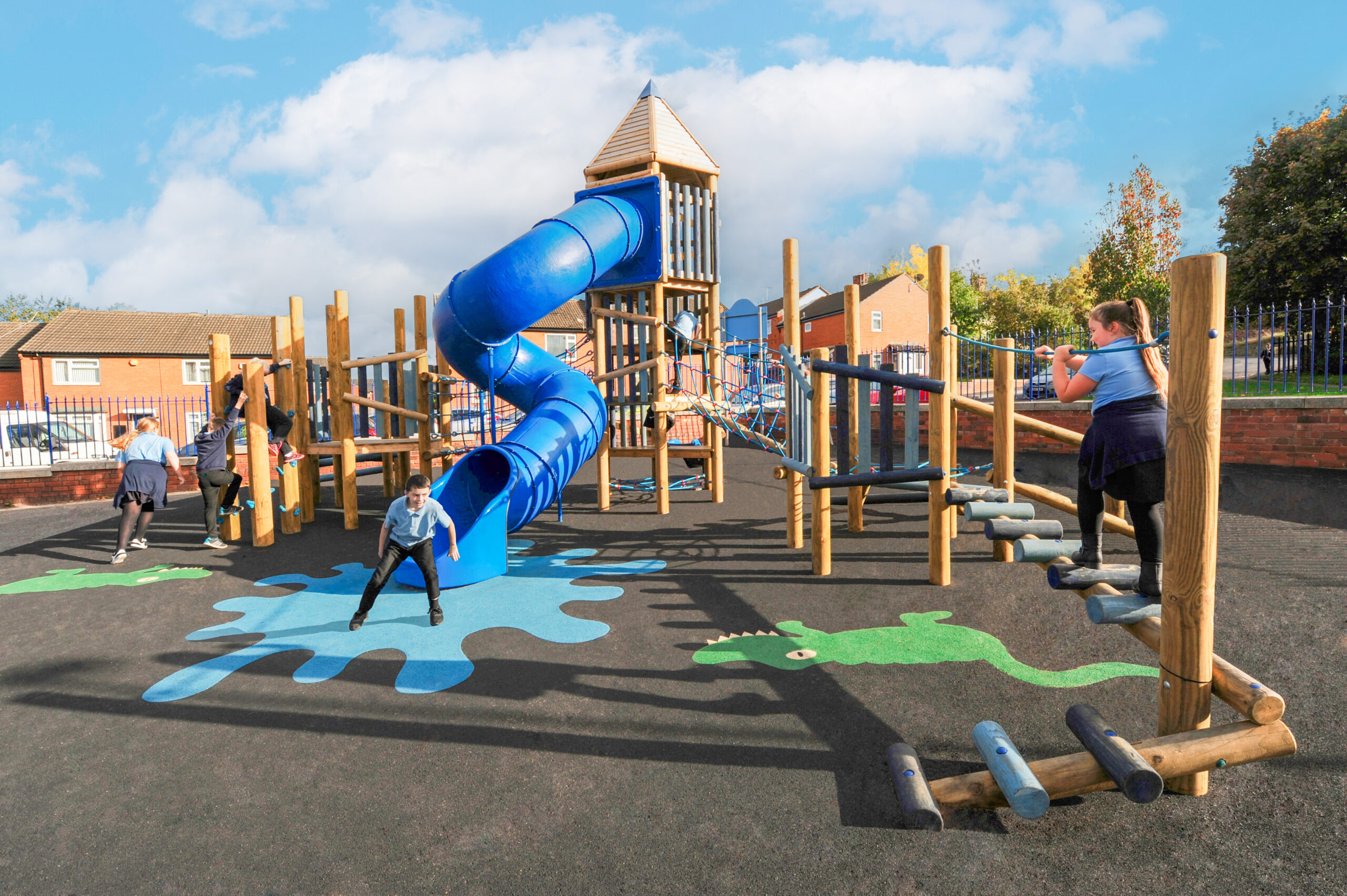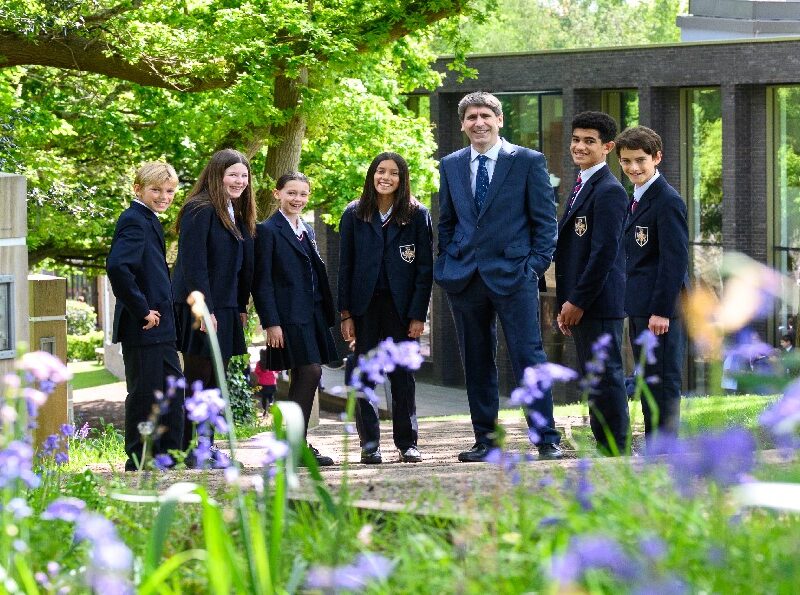
Revamping School Playgrounds: The Role of New Equipment in the UK
Revamping School Playgrounds: The Role of New Equipment in the UK
Introduction
Playgrounds play a pivotal role in schools. They serve as spaces where students can engage in physical activity, build social skills, and improve cognitive abilities through play. Over the years, the nature and design of school playgrounds have evolved. Today, the emphasis is on creating more engaging and inclusive environments that cater to the varying needs of children. In the UK, the movement towards upgrading school playgrounds with new equipment is gathering steam. However, this venture presents a set of challenges and opportunities, with school budgets being a primary concern.
Modernising Playgrounds: The Importance of New Equipment
New equipment is key to revamping school playgrounds. A well-designed playground should aim to cater to children’s varying abilities, foster inclusivity, and promote a wide array of skills development. Here’s how new equipment fits into the picture:
- Inclusivity: Modern playground equipment is designed to be accessible to all students, including those with disabilities. The adoption of universal design principles ensures that play spaces can be used by children of all abilities.
- Enhancing Skills: Equipment that encourages a variety of play types can help children develop a range of skills. This includes physical skills such as balance and coordination, social skills like sharing and cooperation, and cognitive skills through problem-solving games.
- Safety: New playground equipment complies with the latest safety standards. Unlike older models, modern equipment minimises the risk of accidents and injuries.
The Cost of New Playground Equipment: A Stumbling Block?
While the benefits of new playground equipment are plentiful, the cost associated with procuring and installing this equipment is a significant challenge for many UK schools. School budgets have traditionally been tight, and recent economic impacts have made the situation more challenging. School funding in the UK is primarily based on a per-pupil formula, with additional support provided for children with special needs and those from disadvantaged backgrounds. Given this funding structure, a significant investment in playground equipment could impact other areas of the school budget. For example:
- Staffing: If a significant portion of a school’s budget is allocated towards revamping playgrounds, it could limit the funds available for staffing. This could result in larger class sizes or fewer support staff.
- Educational Resources: Investing heavily in playgrounds could mean fewer resources for textbooks, digital learning platforms, and other classroom necessities.
- Facility Maintenance: If a school’s budget is diverted towards playground equipment, regular maintenance tasks could be postponed, potentially leading to a deteriorated learning environment.
Striking a Balance: Alternative Funding Options
Despite the potential strain on school budgets, many UK schools are finding ways to upgrade their playgrounds without compromising other areas of school funding. The following are some of the strategies schools are employing:
- Fundraising: Many schools are turning to fundraising to supplement their budgets. This can involve local community events, crowdfunding, or seeking donations from parents and local businesses.
- Grants: A number of charities and organisations offer grants specifically for school playground projects. The Big Lottery Fund, for instance, has been known to offer grants to schools for playground equipment.
- Leasing: Some schools are opting to lease playground equipment, spreading the cost over a number of years. This allows schools to have the latest equipment without a large initial outlay.
- Partnerships: Partnering with local businesses or organisations can provide additional funding. In return, these partners may gain positive publicity or promotional opportunities.
Enhancing Playground Experiences Through Innovative Markings
The introduction of innovative playground markings has been instrumental in revamping school playgrounds in the UK. These painted or thermoplastic designs are not just about adding colour; they play a vital role in promoting physical activity, enhancing cognitive learning, and fostering social skills.
Playground markings encourage active play through traditional games, addressing concerns of child obesity. They serve as an effective learning tool, reinforcing classroom lessons by transforming playgrounds into outdoor classrooms. These markings also aid in social skill development through games requiring teamwork and imaginative play.
Importantly, playground markings cater to diverse age groups and abilities, ensuring inclusivity. Despite their multifunctionality, they are durable, weather-resistant, and cost-effective, thus becoming a wise choice for schools. In essence, playground markings are an integral part of the new equipment, significantly enhancing the playground experience for children in the UK.
Conclusion
Revamping school playgrounds with new equipment holds the potential to vastly improve the quality of outdoor play for students. The challenge lies in balancing the need for this equipment with the realities of school budgets. By exploring alternative funding options, schools in the UK can take steps towards creating more inclusive, engaging, and stimulating play environments for their students, thus enhancing their overall school experience.






